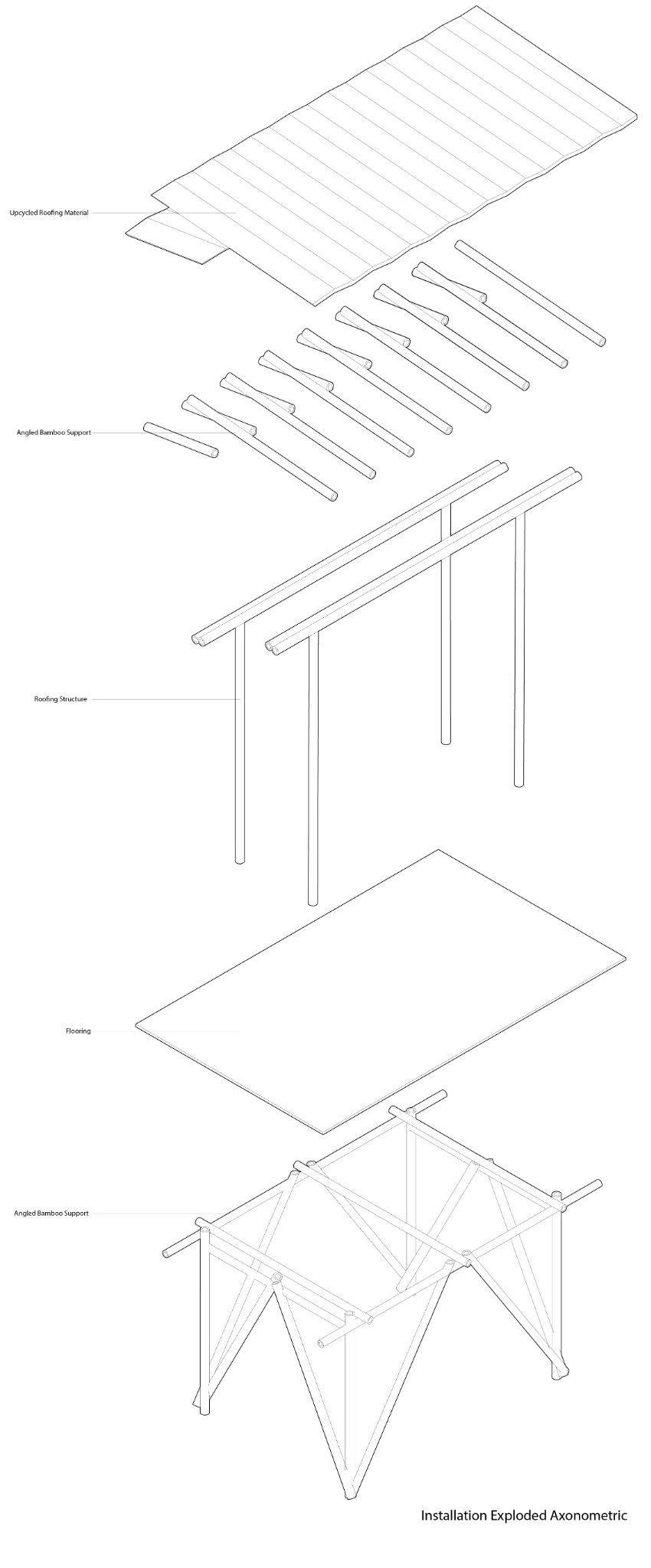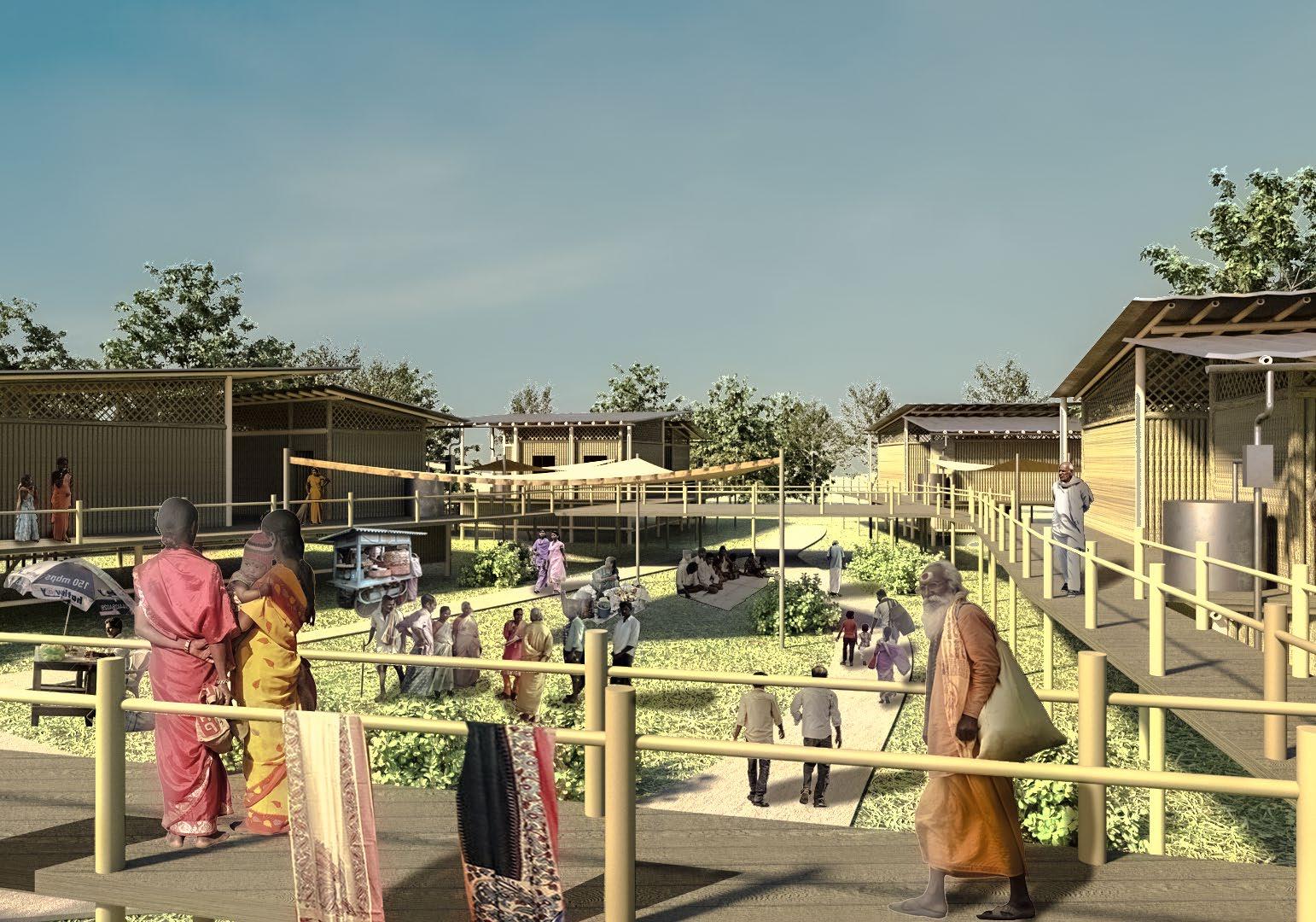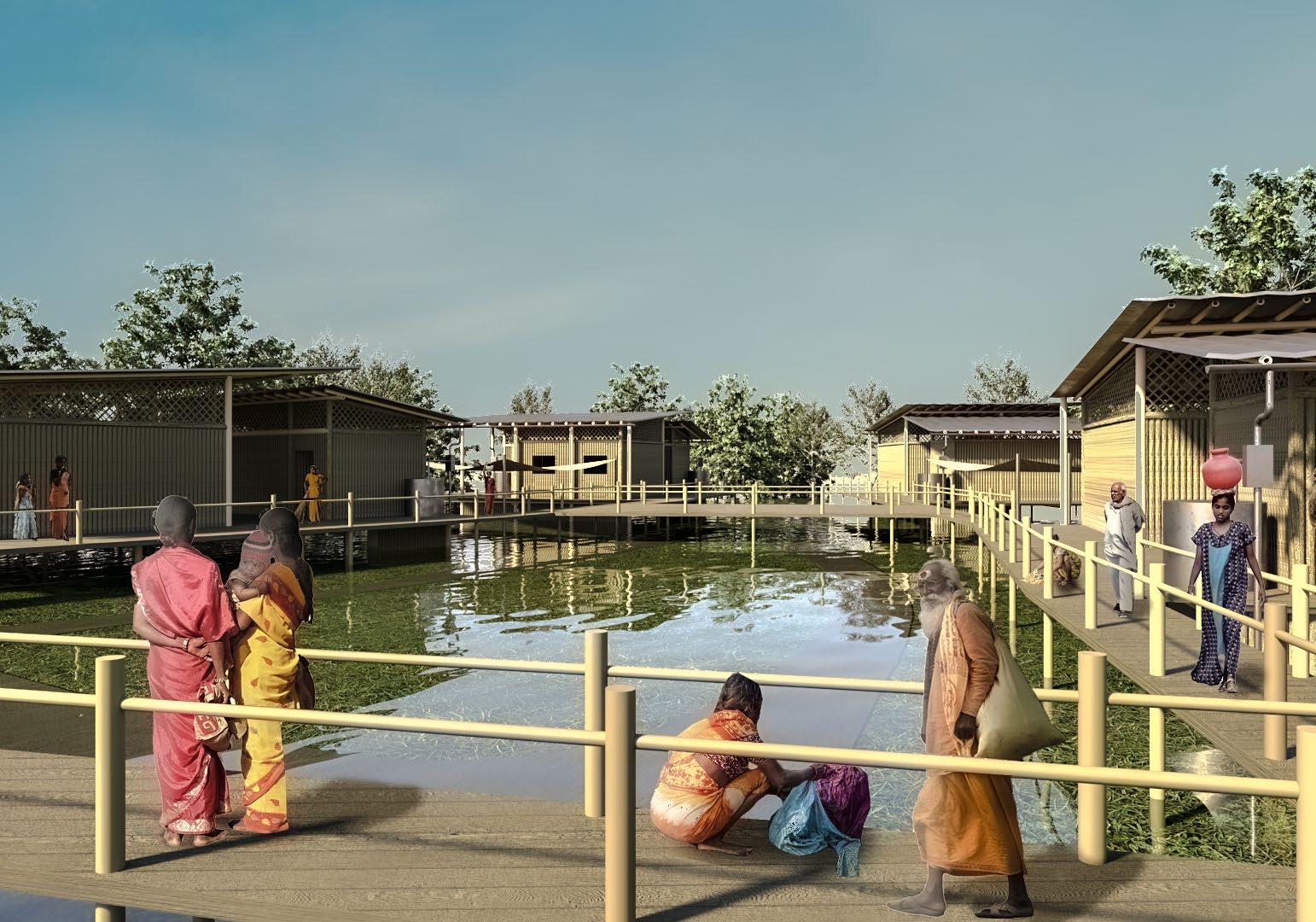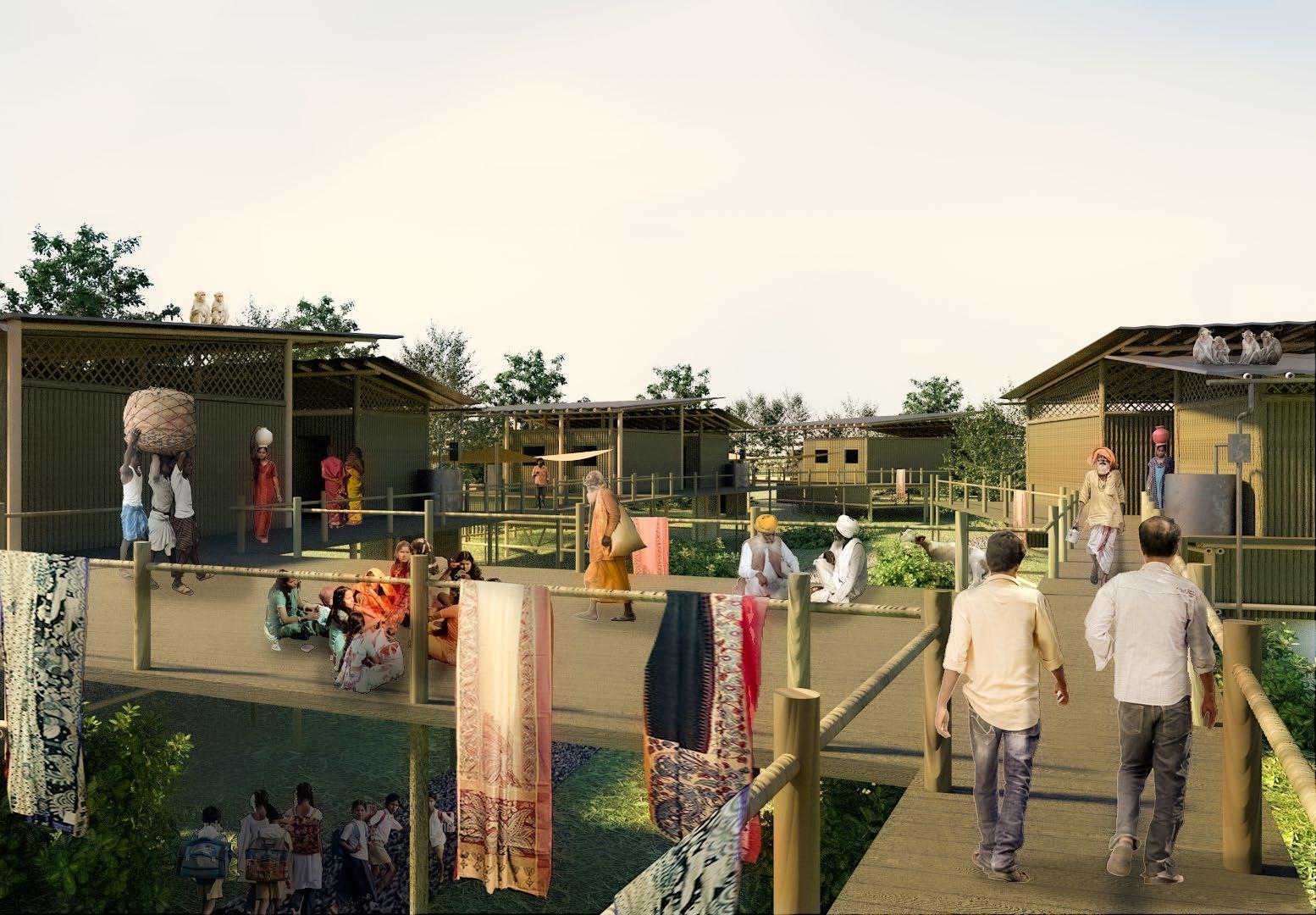
1 minute read
Expanding The Chowk
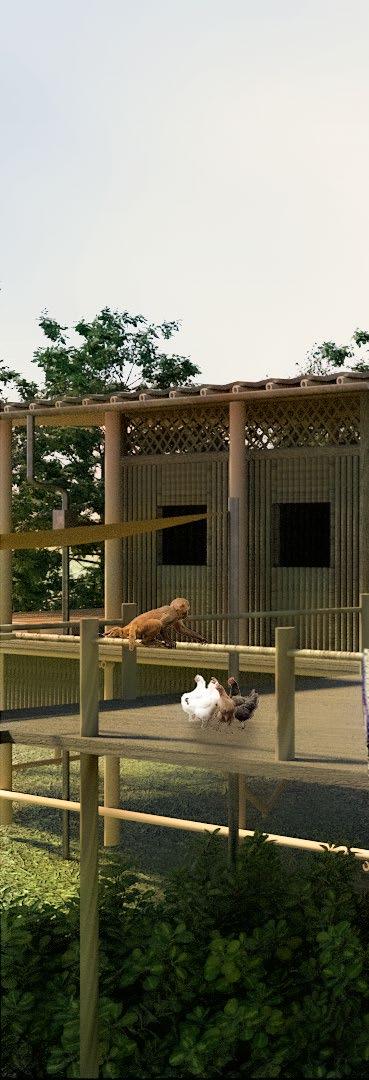
Troy
Advertisement
Garcia, Vincent Mak, Jan
Paolo Masangkay l Shannon Bassett l ARCH 5515 l December 2023
When examining the scope of the Chandni Chowk, a stretch of historic land in Old Delhi, India that is filled with a large amount of markets, side streets and people, we begin to see that the parks and flood plains behind the Red Fort has been largely neglected as the terrain of the area, the traffic system and the surrounding economic differences has created a space which is very segregated and does not encourage the same amount of social interaction as the greater context of Shahjahanabad. By curating the experience within the Delhi Chalo Park, the Vijay Ghat and the Flood Plains, we can begin to create a harmonious linkage between these three vegetative divisions which can help to connect and extend the Chandni Chowk.
To the east of the Red fort, and on the floodplain of the Yamuna River, are clusters of informal settlements. The communities living in this area have been subjects to the seasonal water changes that the Yamuna has during the monsoon season. This leads the people to constantly migrate from the floodplain, to the side of the roads and highway, which provide a poor living condition and qualitiy of life. This intervention looks to help mitigate this problem of flooding and housing in this area, as it creates connected spaces that can be used during any season, even when the monsoon is at its highest point.

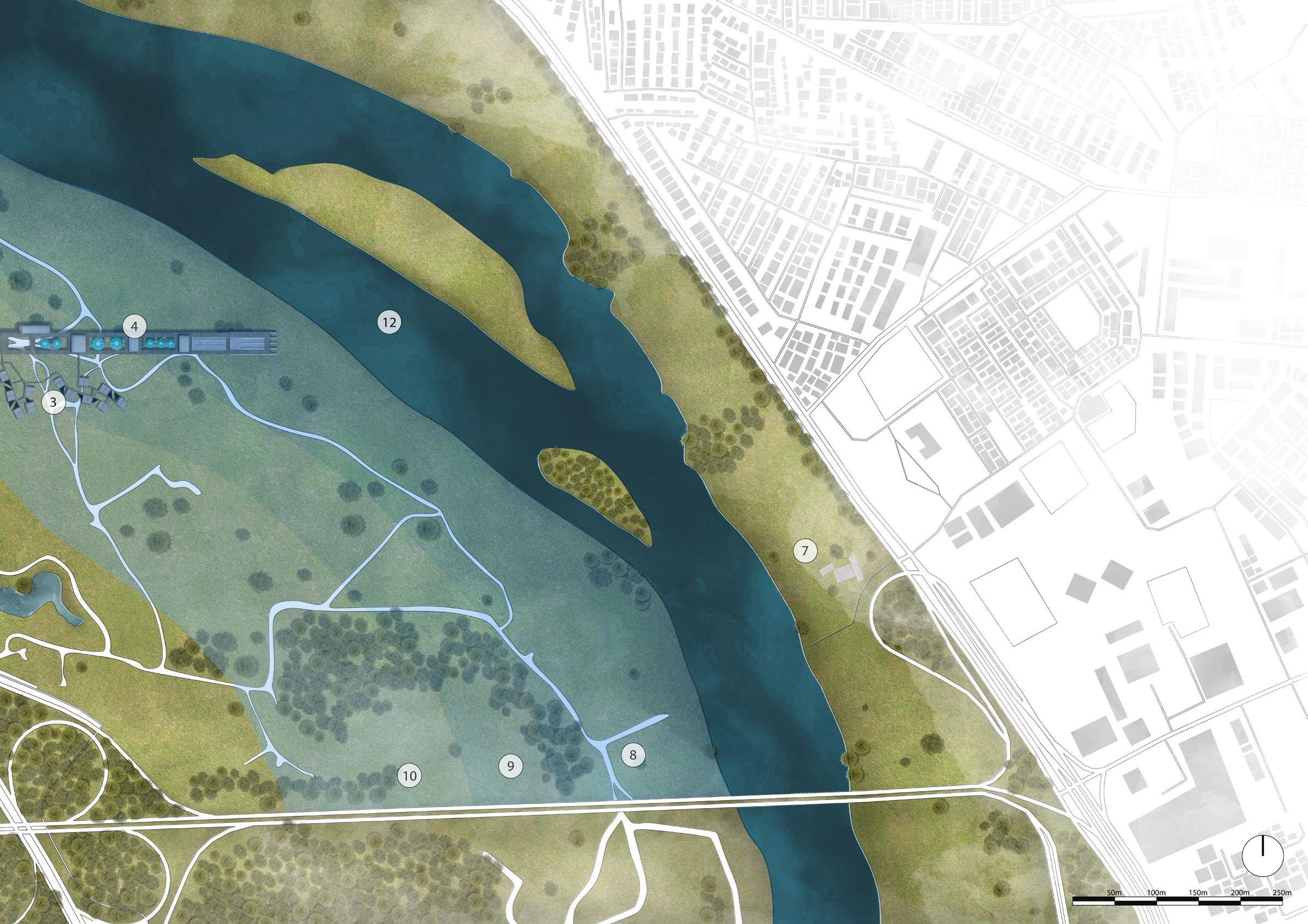

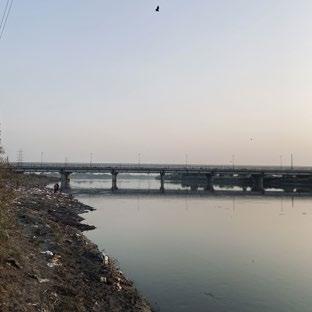

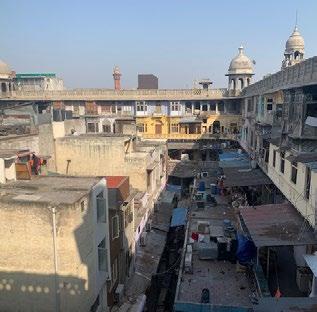

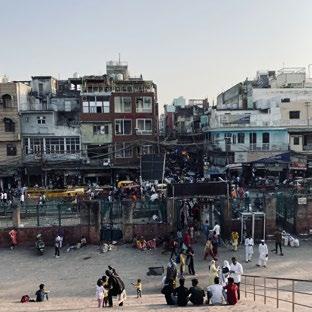
Locals used the land behind the Red Fort as a place of settlement during the dry seasons
Through research of the changing water levels over the years and seasonally with the monsoon season, the locals living in that area would have their settlements destroyed and would have to move upwards and even settle beside the highway.
Utilizing the space with lifted housing that would be useable during both the dry and monsoon seasons
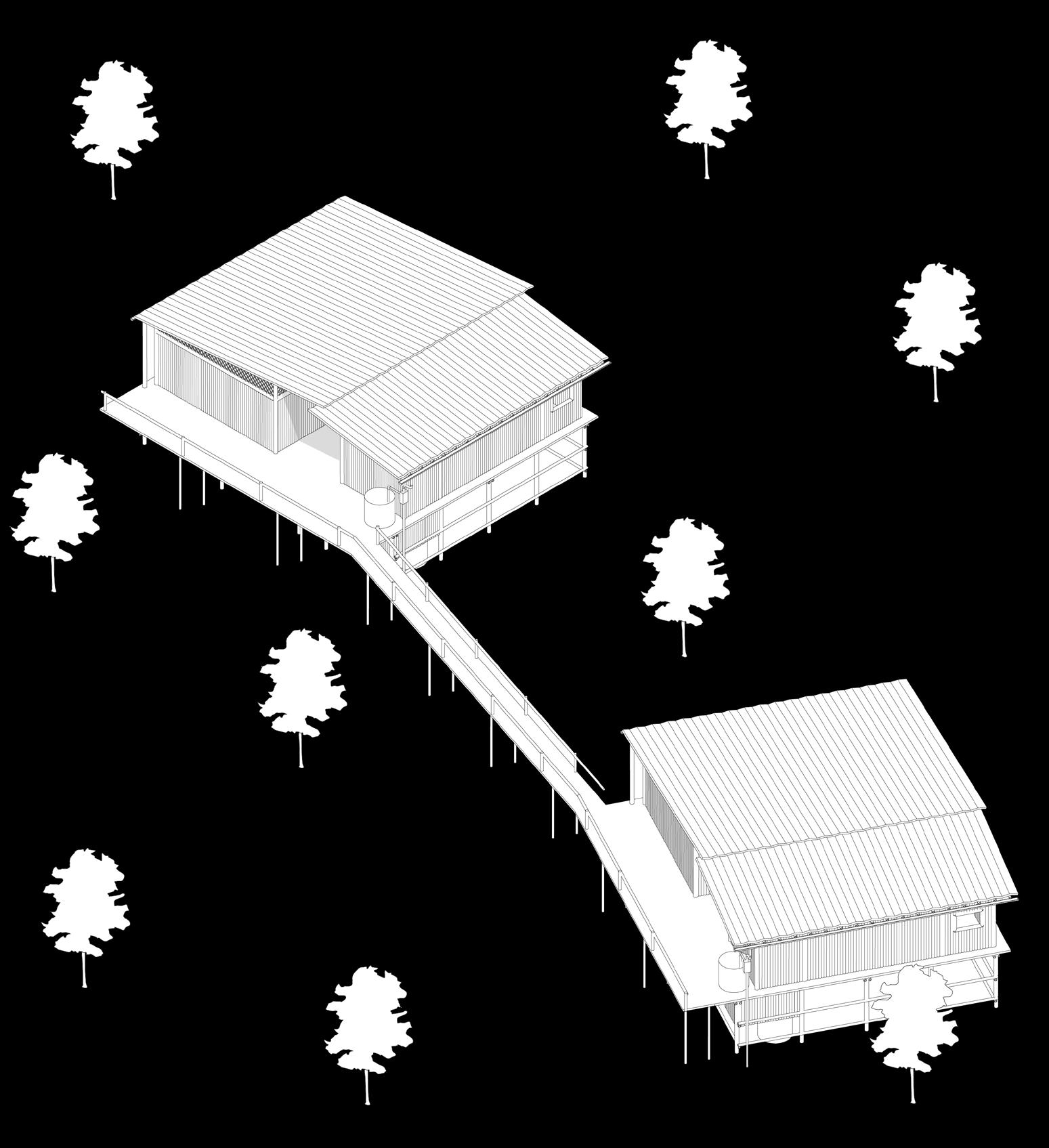
Collection System
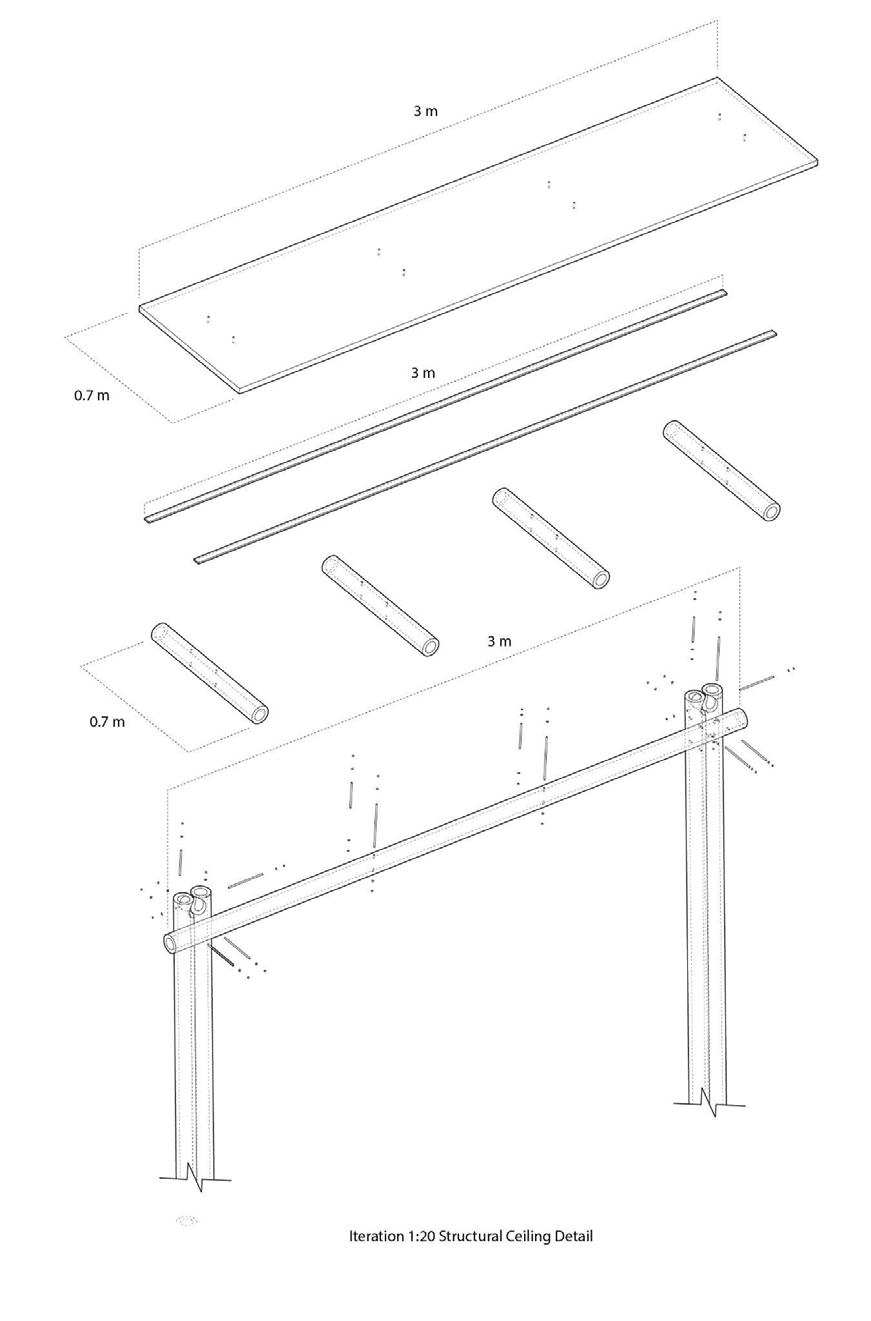
Intervention 3: Detailed Installation
